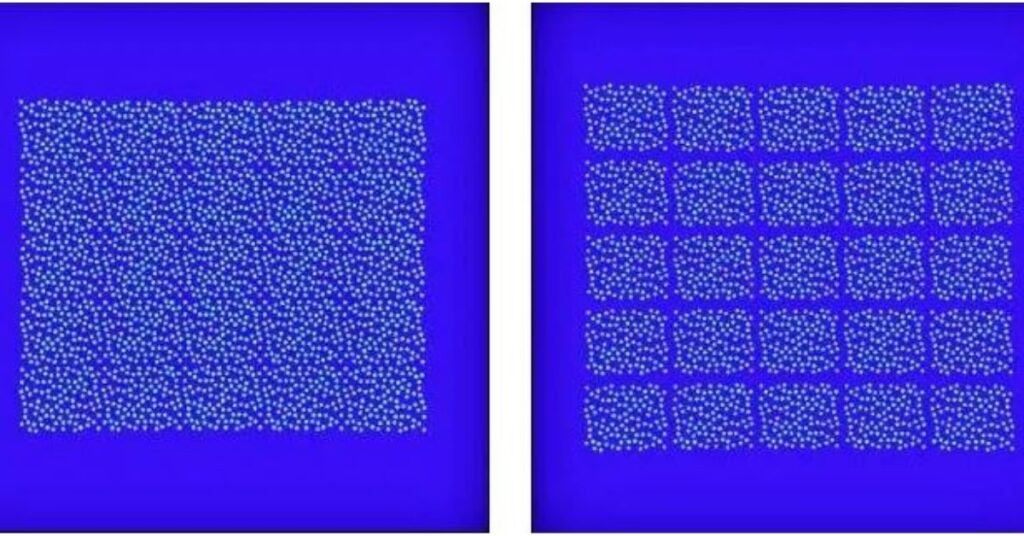A Random Dot Generator is an optical subsystem that is used in structured light illumination to obtain a surface relief of an object. An array of laser dots is made to impinge onto an object and the reflected light is captured by a camera sensor. Based on the apparent distortion of the laser dots on the array the topography of the object can be retrieved.
The array of dots can be either obtained by having many laser sources in the desired arrangement, but this is highly impractical. A better method is to use a diffractive optical element as a beam splitting element. A diffractive optical element can be designed to divide an input into many sub-beams with the same characteristics as the original input beam.
With a diffractive optical element we can go a step further in that the array of dots does not have to be uniform. This means that the dots can be arranged in a random way, and this has some benefits for the depth retrieval algorithm. The laser unit plus the diffractive optical element with the encoded information to reproduce the randomized array of dots, is often referred to as the random dot generator system. To add even more dot elements, a sparse array of lasers,or a VCSEL, instead of a single laser, can also be used. In this way, with the proper spacing among laser units, more dots can be generated whilst still using a single diffractive optical element. This element though has to be large enough to cover the array of lasers. The replay field of the diffractive optical element is then replicated on each laser source unit.
The random dot generator is lightweight so its implementation in other optical subsystems is straightforward. It involves no moving parts so the only provision that needs to be made is that the beams are not obstructed on their passage to the final target object. The design of the random dot generator has to consider the constraints of the main optical system as well as the environment in which it is going to be used. In this sense, the substrate material of the random dot generator can be chosen from a wide range of materials.
A random dot generator can find applications in all areas that require structured illumination. Among these we can cite:
·Metrology applications, specially in areas like surface inspection.
·Stereometry.
·Virtual or Augmented reality head-sets.
·Aerial mapping.
·Automotive subsystems, like LIDARs.







